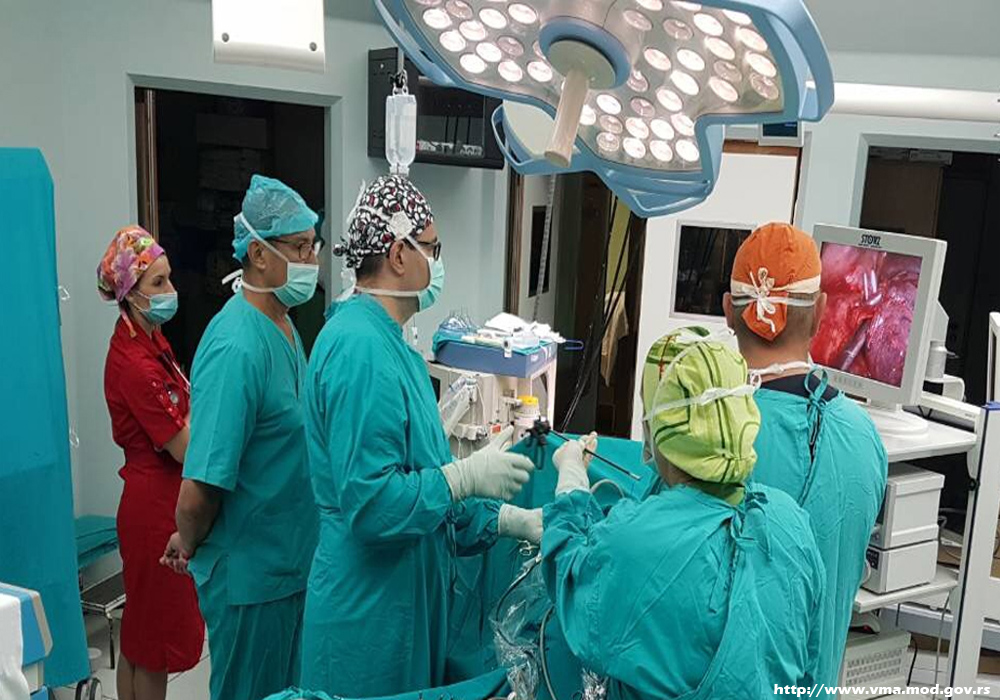There are over 200,000 diagnosed cases of lung cancer (LC) each year in the United States. While the incidence rate has declined since 1991, the disease remains the leading cause of cancer-related death. When the condition is detected in stage 1 (i.e. localized within the lung), it can be treated successfully. By the time cancerous cells have metastasized and spread to distant lymph nodes, it becomes more difficult to contain.
In the past, the disease was treated through thoracotomy (also known as open chest surgery). The patient’s thoracic cavity was accessed by the surgeon after a long incision was made into the chest. The breastbone was cut and the ribs were spread to provide working space. Because the ribs have limited flexibility, the procedure occasionally resulted in fractures. To resolve this issue, thoracic surgeons began to remove portions of the patient’s ribcage.
Today, minimally invasive techniques are often used to …
View More Introduction to VATS Lobectomy Lung Surgery
